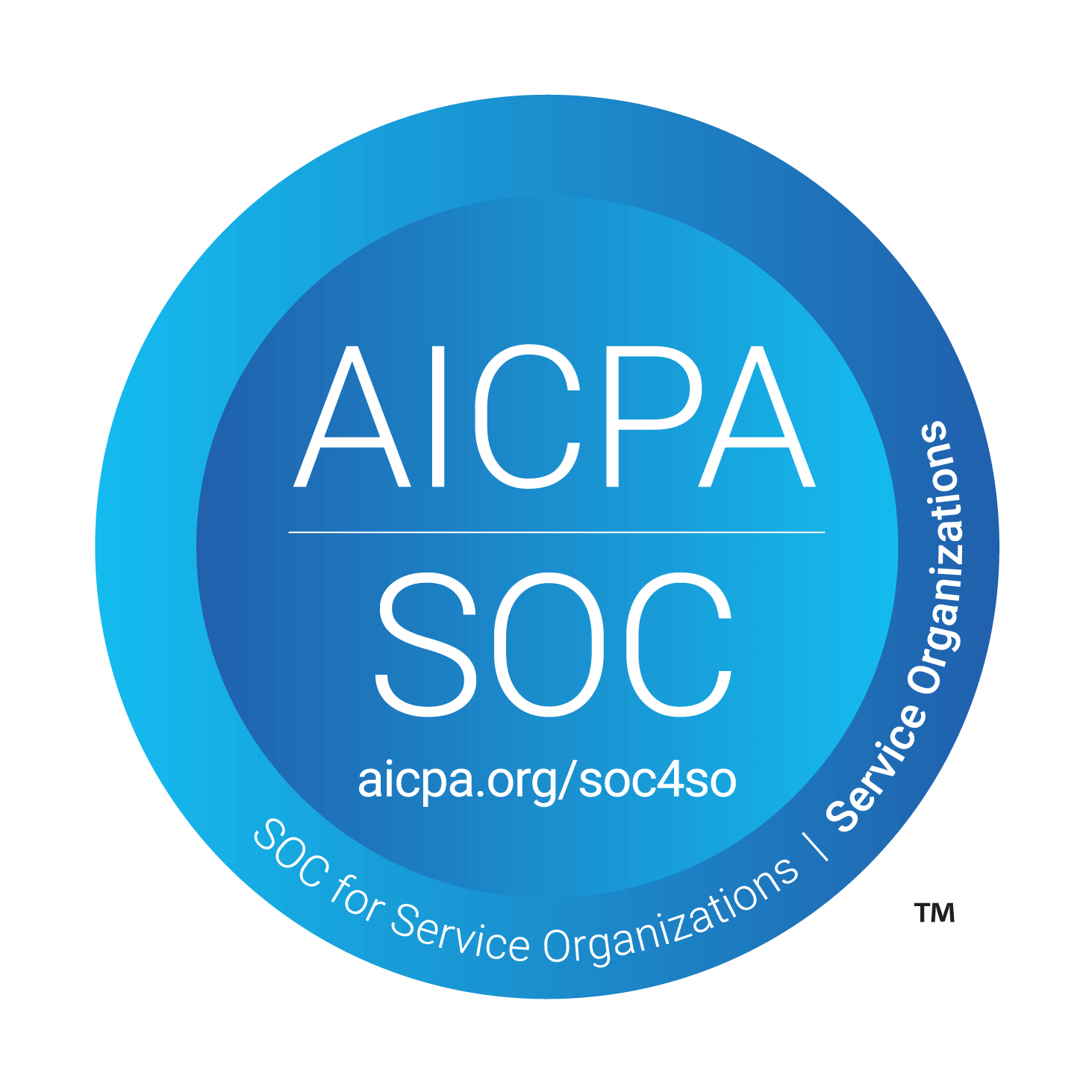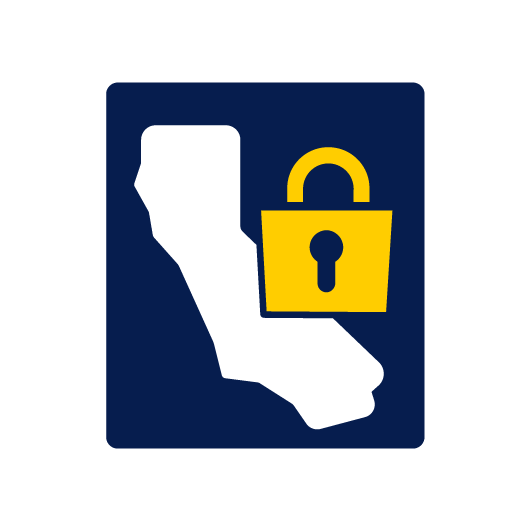Navigating OSHA's New Injury Recordkeeping E-Submission Rule: A Comprehensive Guide
In the ever-evolving landscape of workplace safety regulations, staying informed and compliant is paramount for organizations. With the Occupational Safety and Health Administration (OSHA) introducing new rules regarding injury and illness recordkeeping, it's crucial for companies and safety leaders to understand the intricacies of these regulations and how to effectively navigate them. In this comprehensive guide, we'll delve into the details of OSHA's latest initiatives, provide insights into the requirements outlined in the new rules, analyze their potential impact, discuss the implementation timeline, and explore the role of mobile cloud software solutions like Forms On Fire in ensuring compliance.
Understanding OSHA's New Final Rule: E-Submission of Injury and Illness Recordkeeping Data
OSHA's new final rule mandates the electronic submission of injury and illness record keeping data. This initiative aims to enhance transparency and accessibility of workplace safety information, enabling OSHA to more effectively identify and address workplace hazards. Under this rule, covered establishments are required to electronically submit their Form 300A summaries annually, providing OSHA with valuable insights into workplace injury and illness trends. By leveraging technology for data collection and analysis, OSHA seeks to improve workplace safety standards and facilitate proactive intervention measures.
Requirements Outlined in OSHA's Proposed Rule: Extending Recordkeeping Statute of Limitations
In addition to the E-submission rule, OSHA has proposed extending the statute of limitations for record keeping violations. This proposed rule aims to address concerns regarding underreporting of workplace injuries and illnesses by allowing OSHA to cite employers for record keeping violations that occurred within the past five years, rather than the current six-month window. By extending the statute of limitations, OSHA aims to hold employers more accountable for accurate and timely record keeping, fostering a culture of transparency and accountability in workplace safety practices.
Potential Impact Analysis of OSHA's Record keeping Rules
The implementation of OSHA's new record keeping rules carries significant implications for employers across industries. By requiring electronic submission of injury and illness data, OSHA aims to streamline data collection and analysis processes, enabling more efficient identification of workplace safety trends and hazards. However, this also means that employers must ensure the accuracy and completeness of their recordkeeping data to avoid potential citations and penalties. Additionally, the proposed extension of the statute of limitations highlights the importance of maintaining comprehensive and up-to-date records to mitigate compliance risks.
Timing for Implementation of OSHA's Record keeping Rules
The implementation timeline for OSHA's record keeping rules varies depending on the specific requirements. The E-submission rule, finalized in 2016, has already been phased in, with covered establishments required to submit their Form 300A summaries electronically on an annual basis. As for the proposed rule to extend the statute of limitations, the timeline for implementation remains subject to regulatory proceedings and stakeholder feedback. However, employers should proactively monitor updates from OSHA and prepare to adapt their record keeping practices accordingly to ensure compliance with any forthcoming regulations.
Leveraging Mobile Cloud Software Solutions for Compliance
In the face of evolving regulatory requirements, leveraging technology can streamline compliance efforts and enhance workplace safety practices. Mobile cloud software solutions like Forms On Fire offer a comprehensive platform for managing injury and illness recordkeeping processes. By digitizing recordkeeping forms and workflows, Forms On Fire enables real-time data collection, analysis, and reporting, empowering safety leaders to proactively identify and address potential hazards. With features such as customizable forms, automated alerts, and secure cloud storage, Forms On Fire provides a user-friendly and efficient solution for maintaining compliance with OSHA's record keeping rules.
Recommended Resources
For further information on OSHA's record keeping regulations and compliance best practices, we recommend exploring the following resources:
1.
OSHA Injury and Illness Recordkeeping and Reporting Requirements
2.
Forms On Fire - Mobile Forms and Workflow Automation
3. OSHA Recordkeeping Requirements FAQs
4. Forms On Fire - Compliance Solutions
By staying informed and leveraging innovative solutions like Forms On Fire, companies can effectively navigate OSHA's new injury recordkeeping regulations and uphold their commitment to workplace safety and compliance. Embracing technology not only ensures regulatory compliance but also fosters a culture of continuous improvement and proactive risk management. As OSHA continues to prioritize transparency and accountability in workplace safety, organizations must remain vigilant in their efforts to prioritize employee well-being and mitigate occupational hazards.
Book a free operations automation session with a safety expert from Forms On Fire

Company
Platform
Resources
Contact
+1 (425) 214-1920
10900 NE 4th Street, Suite 2300
Bellevue, WA 98004




